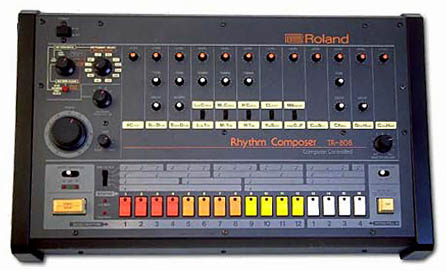From my research and from decades of playing music, I have come to the conclusion that sounds are somehow inherently promiscuous. They are always mixing up and screwing around with other sounds, transgressing boundaries, creating new wholes from disparate parts. Musicians crossed race lines before civil rights. Even if the musicians stayed segregated, the sounds drifted from one camp to the other. African American jazz pioneers worked with classical European instruments, and white dance band leaders borrowed extensively from African American musical stylings. Mari Yoshihara, in her book Musicians from a Different Shore, explains how Asian and Asian American musicians have encountered European classical music.
Microphone bleed: one instrument gets in another one’s channel, interfering with the sounds of analog recordings. Â Studios have all sorts of contraptions to isolate the instruments, but then the problem becomes that the music sounds sterile and dead, so there is an opposite “live in the studio” tendency as well, where precision gives way to the different feel of promiscuous sounds all getting into each other, which would seem to be what is at the heart of ensemble playing of any sort.

In the digital realm, where every drum in a kit can have its own channel with no bleed, software has to add in microphone bleed along with overhead microphones for the drums to sound alive.  The unmixed drum sound has found its own niche in hip hop and electronic dance music, where the Roland TR-808 and 909 drum machines are ubiquitous and instantly recognizable, but there, especially in hip hop, sampling mixes sounds promiscuously in other ways that have quite disrupted the music industry before being co-opted and stabilized as a commodity (although there are still undergrounds).
Of course music is not the only place sounds mix. In spite of writerly (and thus visual â print and writing are after all, visual media) attempts to standardize and fix languages, they keep coming together and changing into each other: Spanglish, hundreds of pidgins and creoles, African American Vernacular English, all the Latin borrowings in English. Â Languages are constantly changing in the speaking, only becoming fixed when dead. Indeed the morality that attends promiscuity can be found in these places as when creole languages were and occasionally still are deemed inferior and corrupt, with campaigns made to stomp them out so that the “true” written language might be kept “pure.” Such campaigns coursed through public schools in Hawai?i in the first half of the twentieth century and are still occasionally proposed, though thankfully no longer executed, today.
Or just listen. For me a kid shuffling feet outside mixes with traffic whooshes to create an ambient texture over the yelling from the ballpark half a mile away. Above, trade winds whisper in and out of the treetops, planes rumble across the sky. Inside, another person pecks at a keyboard in the other room even as my own keys clack away. The more I listen the more I hear, so that sometimes there is a sort of inscrutable hum of something intimately familiar yet unidentifiable any more for being the mix of a thousand local sounds too quiet to each be distinctly heard, all mixing it up, the sound perhaps of life itself.